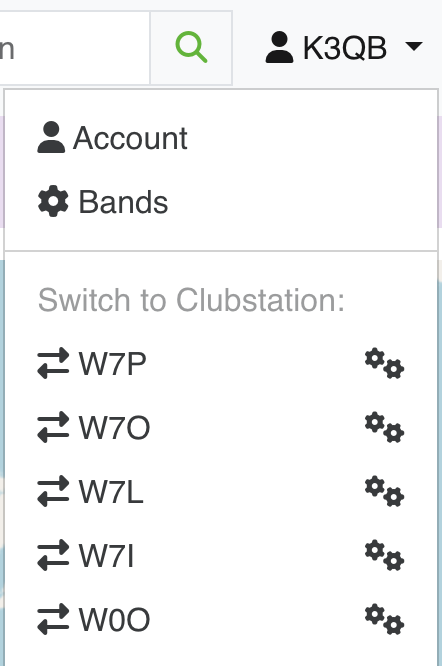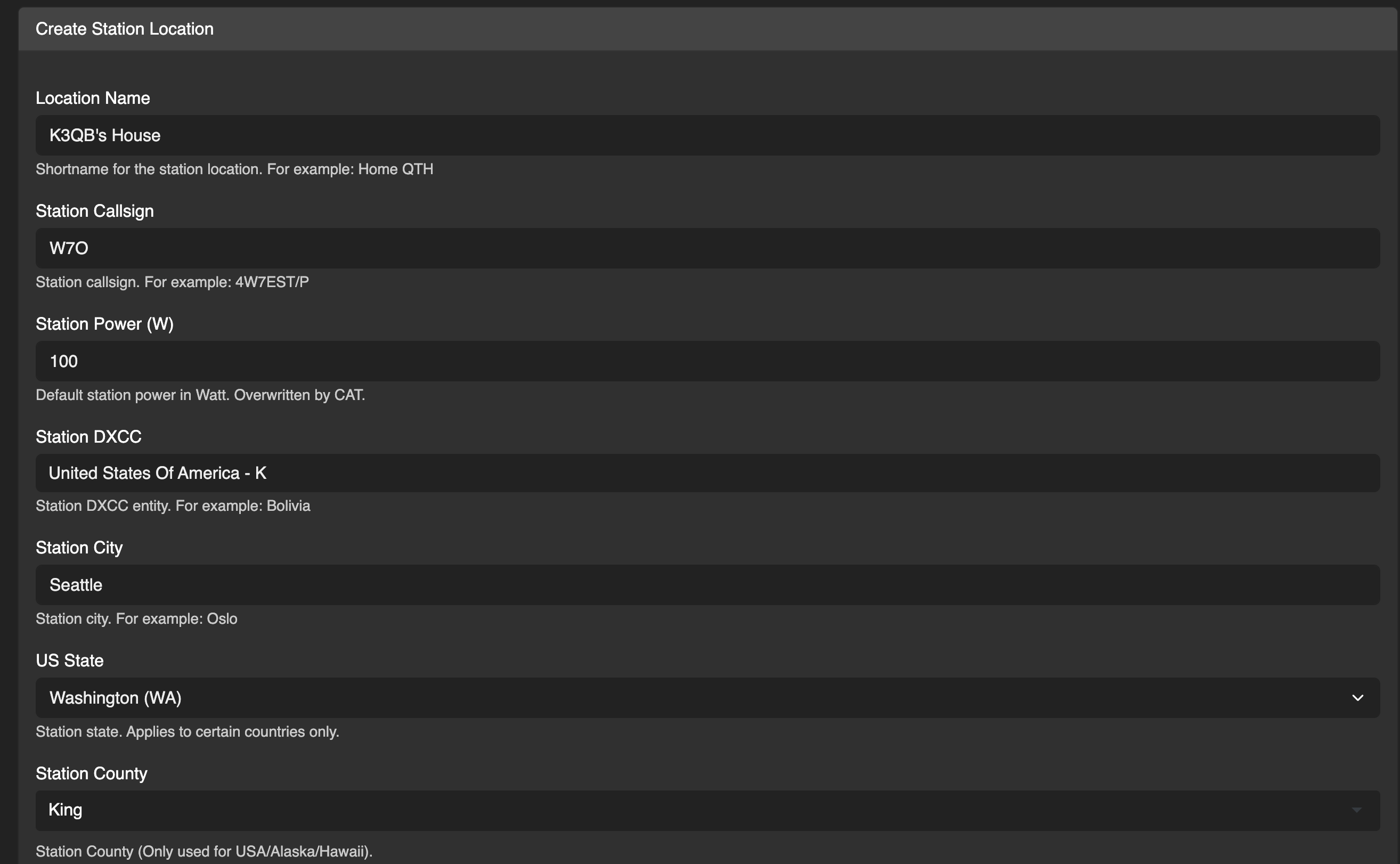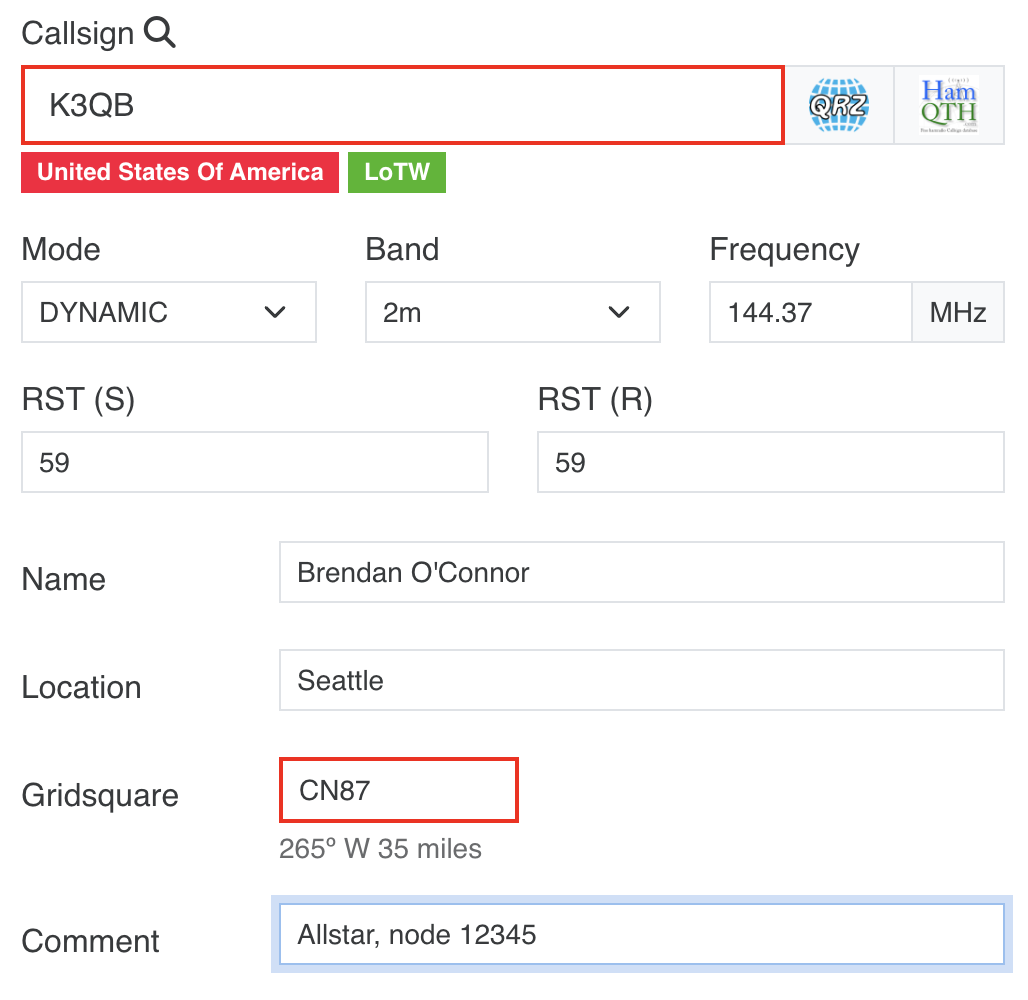Polio On The Air 2025 - Operator Information
On the Air
General Remarks
It’s wonderful that you’re signing up to participate in Polio on the Air in 2025! You may have some questions about what you’re being asked to do (and not asked to do), and that’s what this page is for. If you have a question not answered here, please email nars@narwhal.be and we’ll get right back to you!
- General Premise
- Thankfully, unlike 70 years ago, there is no opposition to vaccines anymore; as Salk’s work showed, vaccines are safe, effective, and save millions of lives. Nobody living in our society, built upon the results of scientific progress, would be so out of touch as to believe that vaccines don’t work. We do not, cannot, and see no point in attempting to interact with something that doesn’t exist. Like narwhals, anti-science folks are made up as a story with which to scare children, and we don’t need to engage with unicorns or faeries either.
- If we hear something that sounds like opposition to vaccines on the air, it’s likely a sign that someone’s radio is mistuned or QRMing. They need to check their antenna and rig connections, ensure their station ground is functional, and possibly debug their radio settings.
- We are making a statement on this important anniversary: scientific reality exists, and the fact that reality itself is controversial in some groups, like flat Earthers, is their problem; it is not ours. This isn’t a political statement. This is a premise based upon millenia of scientific advancement, just like ham radio itself. Vaccines have saved uncountable numbers of human lives, and have caused the complete extinction of diseases that used to kill millions of people.
- We’re not here to engage with people who have no interest in engaging with reality. If people show up to spout rage-filled anti-science nonsense at us, like that UHF bounces off the ionosphere, or that the moon is RF-absorbent, we can simply call the next station; we’re completely uninterested in “convincing” people who don’t want convincing. (Also make a note of their callsign, frequency, and any choice comments for our internal hall of fame!)
- If people ask for information on vaccines, kindly direct them to https://nars.narwhal.be/polio where we’ll have a few chosen links. Then move on.
- Thankfully, unlike 70 years ago, there is no opposition to vaccines anymore; as Salk’s work showed, vaccines are safe, effective, and save millions of lives. Nobody living in our society, built upon the results of scientific progress, would be so out of touch as to believe that vaccines don’t work. We do not, cannot, and see no point in attempting to interact with something that doesn’t exist. Like narwhals, anti-science folks are made up as a story with which to scare children, and we don’t need to engage with unicorns or faeries either.
- Dos
- Show up and do the thing: Please do actually operate on the band(s), mode(s), and time(s) you signed up for. If something comes up and you won’t be able to make a shift you signed up for, please drop a note to nars@narwhal.be so we can pull you off the schedule so that people aren’t looking for you in vain.
- Call CQ SALK or Polio on the Air: This is how we’re identifying ourselves, in addition to the specific callsigns
W7P,W7O,W7L,W7I, andW0O. Some stations will be looking for you, and other stations will learn about our event from hearing that call! (Many of K3QB’s favorite operating events he originally learned about from seeing someone callingCQ <something>, from Parks on the Air to the 13 Colonies.) - Send people to our website if asked: https://nars.narwhal.be/polio is the official website for this event, and we’ve even posted it on QRZ for our callsigns for the duration. As the event unfolds, we’ll post new information there, like how many QSOs we’ve logged so far and other standard statistics.
- Spread joy, performative chaos, excitement, and really wild things:
- “Commit to the bit.” – house motto for one of the NARS officers
- “Existence is finite, joy needs no defense.” – Nathan Pyle, Strange Planet.
- “Life is beautiful and life is stupid. This is, in fact, widely regarded as a universal rule not less inviolable than the Second Law of Thermodynamics, the Uncertainty Principle, and No Post on Sundays. As long as you keep that in mind, and never give more weight to one than the other, the history of the galaxy is a simple tune with lyrics flashed on-screen and a helpful, friendly bouncing disco ball of all-annihilating flames to help you follow along.” – Cat Valente, Space Opera.
During Operation
If you’re operating from somewhere you have Internet access, please hang out in our Slack environment (in the #nars-special-event-stations channel) to swap anecdotes and enjoy each others’ company. Not in our Slack yet? Join the Narwhal Amateur Radio Society, or if you’ve already joined, email nars@narwhal.be to ask to have a Slack invite sent to you.
After Operation (Submit Your Logs!)
See the Wavelog section below.
Multi-Operation Opportunities
The last days of Polio on the Air overlap with a Parks on the Air Support Your Parks Weekend! We encourage operators to operate from a park at any time (they’re nice!), but we are particularly interested in operators able to operate from a park on (UTC) April 19, 2025.
Sign Up
Sign up to operate as one of our stations! You can pick your times, modes, and bands. Our current schedule is on Google Sheets and you can sign up for times by emailing nars@narwhal.be with your requested times, modes, bands, and your callsign. We’ll get in touch with what you need to know and how to submit your logs, and we’ll put you on the schedule!
WaveLog Notes
We’ve set up a Wavelog instance to facilitate logging and log submission this year.
URL and How to Set Up an Account
You should receive an email from our Wavelog instance identifying itself and letting you reset your password. If you didn’t, email nars@narwhal.be for help. You can’t create your own account on the server, we have to do that for you.
Switch to Your SES Station
Clicking on your callsign in the upper-right will give you access to various settings, as well as leting you switch to a particular club station. You should switch to the one you’re going to operate / upload logs from.

Set Up Your Station Location
Each time you operate from a new physical location, you need to set up a station location for the SES you’re using. Switch to it (above), then hover over the book at the extreme upper-right and click Station Setup. Click “Create a Station Location,” then enter the first set of information. (You can skip IOTA and such, though if you’re operating from a POTA reference, please note that!)

Save. Back on the Station Setup page, hit the button next to the logbook, under “Linked Locations,” and make sure your new station location is linked to the logbook. That’s it!
How to Log Contacts (Inside Wavelog)
If you’re doing it live: QSO -> Live QSO. The boxes are pretty self-explanatory, but make sure you’re entering at least the frequency and mode. Time will be set to “now.” Check the Station tab and make sure you’re using the correct station location; fix it if not (it should persist once you’ve set it).
If it’s not live: QSO -> Post QSO. Same details apply, except the time won’t be pre-entered and automatically update for you.
How to log Allstar/Echolink/Repeater Contacts
Use mode REPEATER (Repeater) or INTERNET and whatever frequency is appropriate. Under the comments, note what method you were using, and any details (Allstar/Echolink number, name of the repeater, whatever).

How to Import Contacts From Another Program (Like WSJT-X)
There’s a way to tie Wavelog directly to WSJT-X, but let’s ignore that. Get your ADIF from WSJT-X, hover over your callsign, and then click ADIF Import/Export. Make sure to select the correct station location! Also make sure to select Always use the logged-in account callsign as the operator call during import if you didn’t set the Operator flag in WSJT-X (you… probably forgot).
Can’t Do Any of This?
If this just all seems like too much, don’t worry. Send us an email:
We ask that you submit logs from your activation daily, if at all possible. Please email an ADIF-format log to nars@narwhal.be so we can make sure they’re collated and do some light data analysis on them.
Information we are going to need from you in the body of the email, not just in the ADIF:
- Your name and callsign
- The callsign you were operating as
- If you were doing POTA, the POTA entity ID (or IDs) you were operating from
- Your six-character or better Maidenhead grid square for your location (alternately, a GPS coordinate with three digits after the decimal for both latitude and longitude)
This will let us put together all the information we’ll need to submit the logs to LotW, as well as POTA (if applicable), and to fill out the QSL cards.